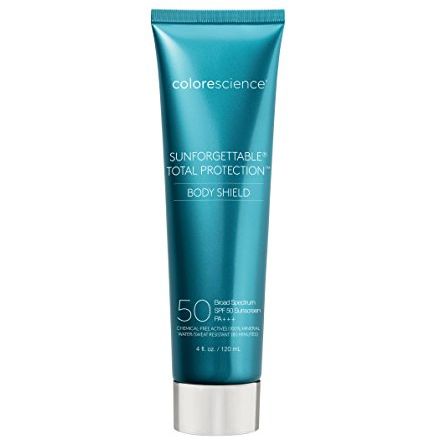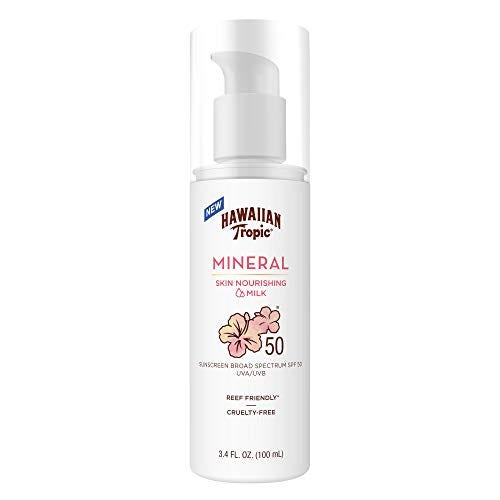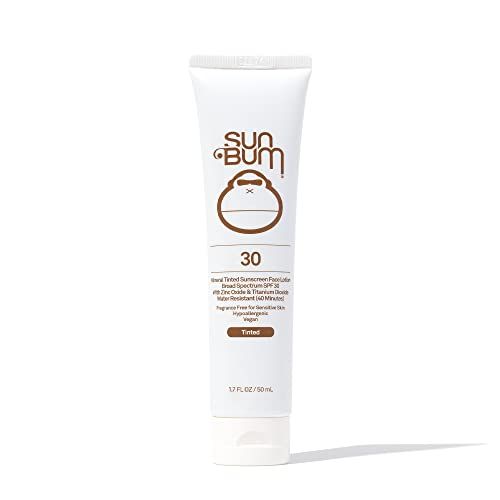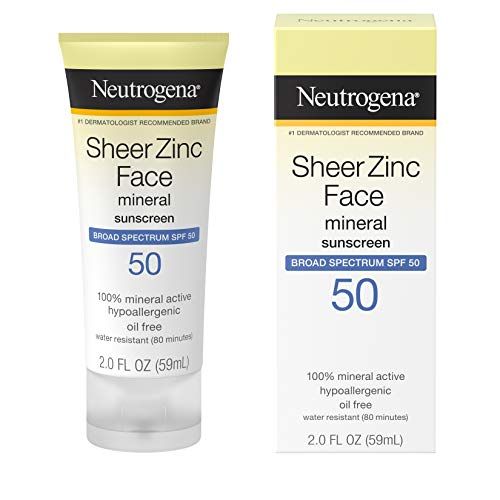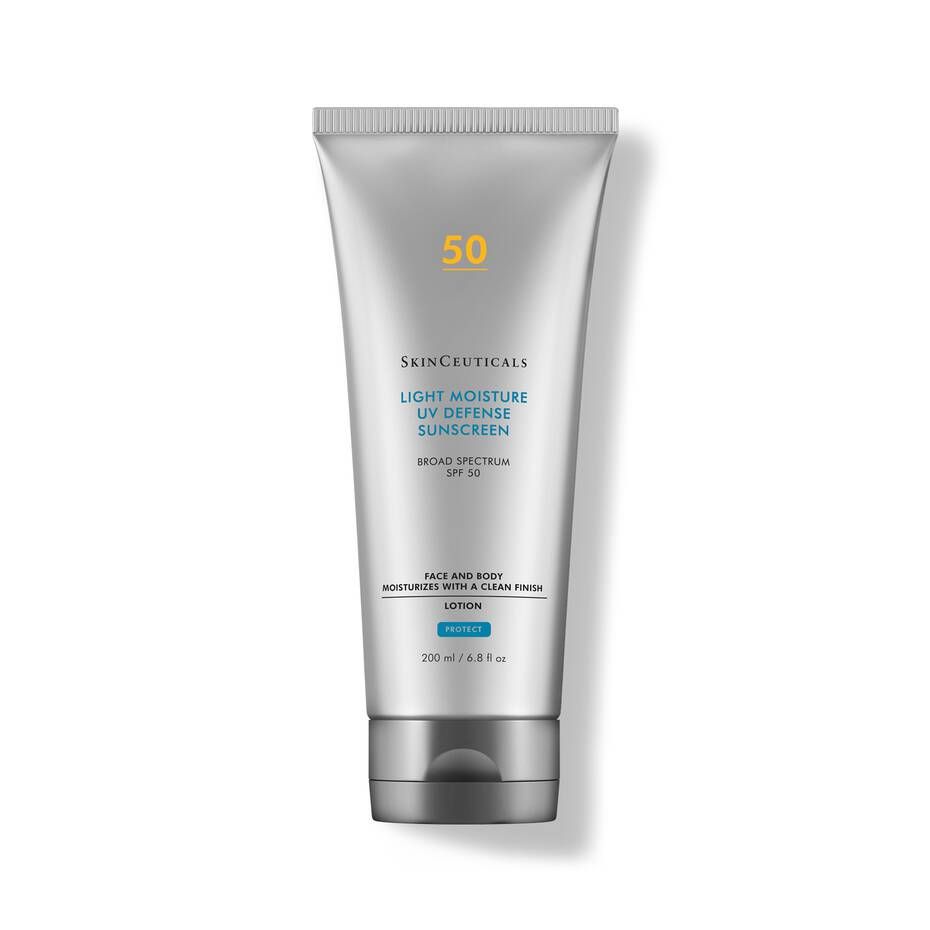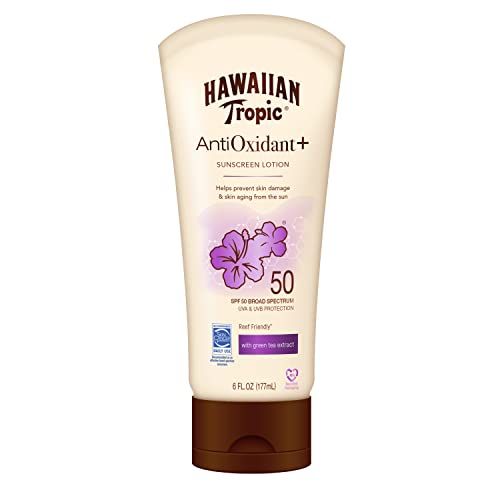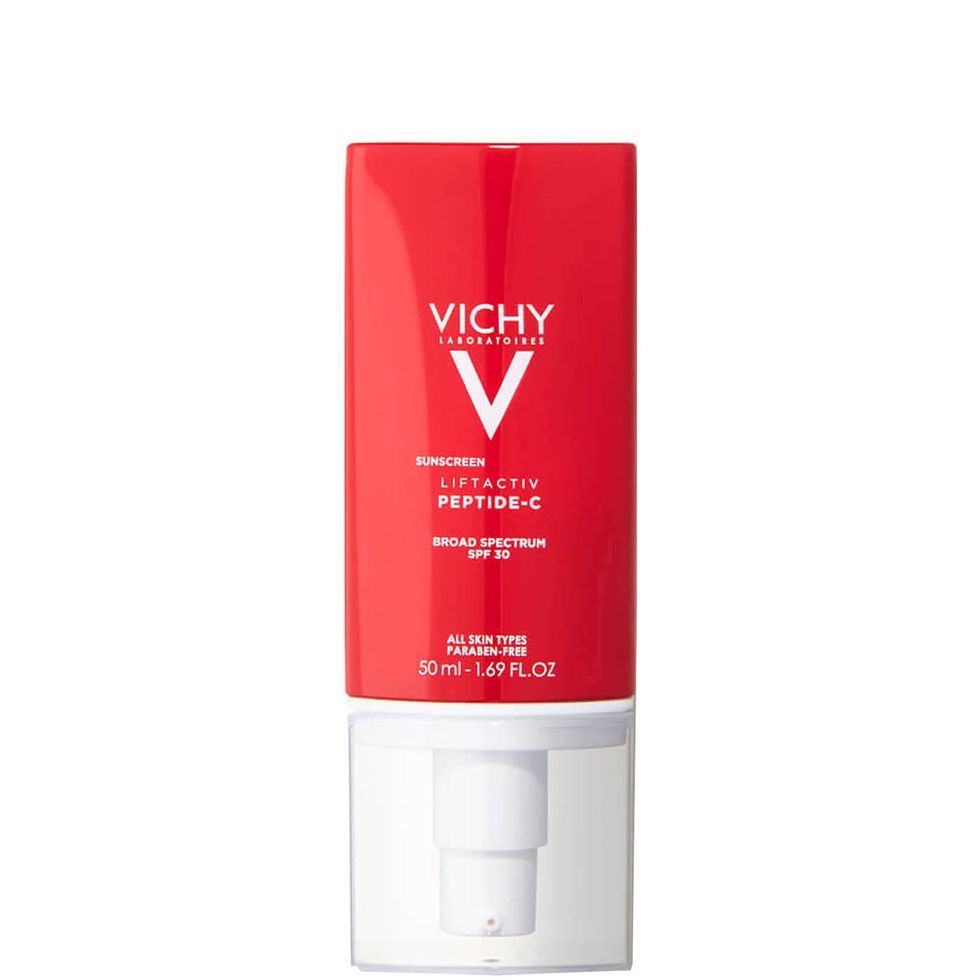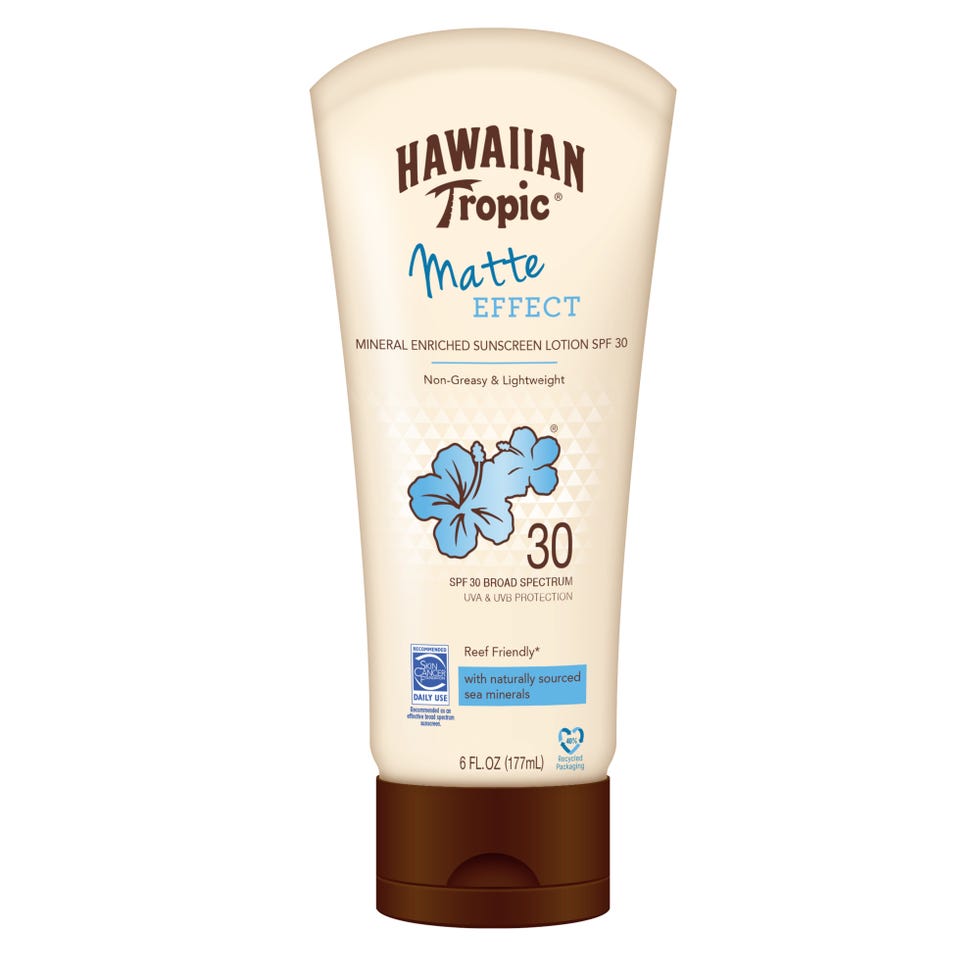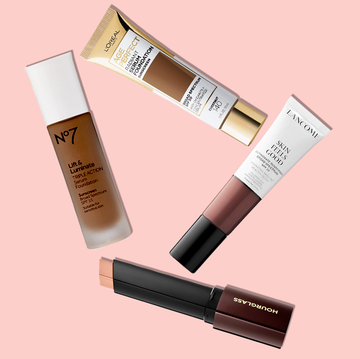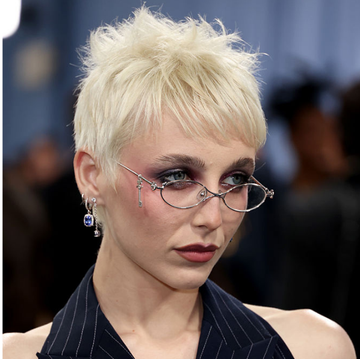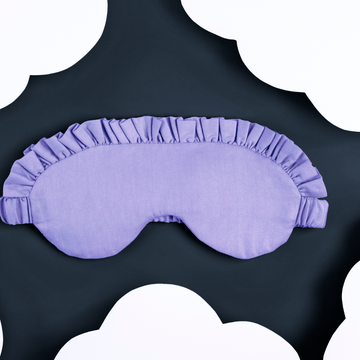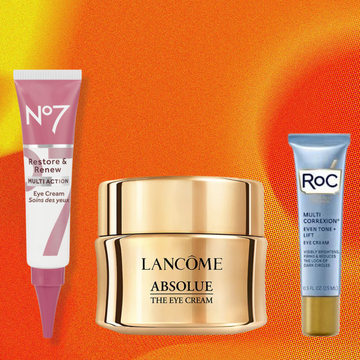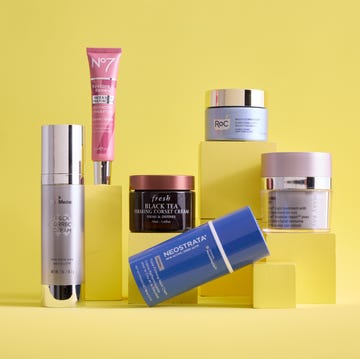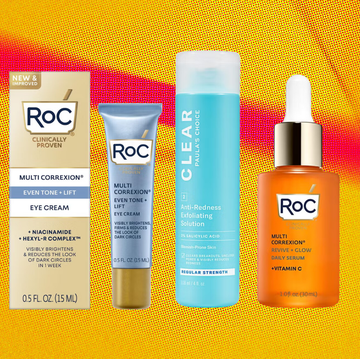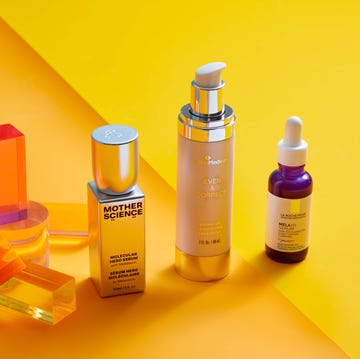A Complete Guide to "Reef-Safe" Sunscreen
Experts help decipher what’s behind the claim.
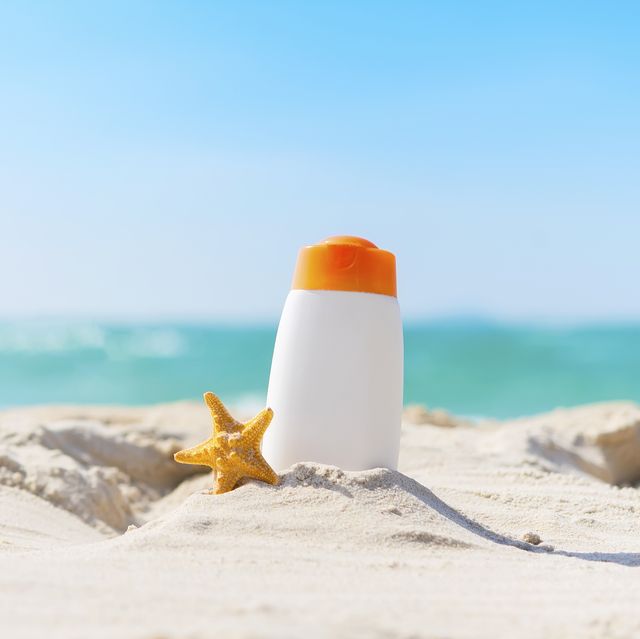
We've been independently researching and testing products for over 120 years. If you buy through our links, we may earn a commission. Learn more about our review process.
Slathering on sunscreen whenever you’re spending time al fresco should be a no-brainer — even when it’s cloudy — to protect against skin damage and cancers. But deciding which sunscreen to wear can require some research. Even with all the advice at our fingertips, the process can be still overwhelming. In addition to the FDA-regulated attributes such as broad-spectrum (protects against both UVA and UVB rays), water-resistance (up to 40 or 80 minutes) and SPF rating (at least SPF 30, please!), there is no shortage of marketing jargon to sift through.
"Reef-safe” or “reef-friendly” claims have been popping up with mass and indie brands alike. "Reef-safe" and "reef/ocean-friendly" claims imply that the actives used in that particular product are better for the well-being of the reefs and other aquatic life in the ocean. Sunscreen actives reach the ocean by direct release when we are swimming in the water but also can find their way by storm and waste waters that are fed by the drainage of pools and showers. But the term is tricky — both in what it implies, and how it's regulated.
Where did the need for "reef-safe" sunscreen come from?
In 2018, Hawaii passed legislature banning sunscreen products containing oxybenzone and/or octinoxate. This ban came on the heels of research out of the Haereticus Environmental Laboratory in Virginia that suggested oxybenzone (a.k.a. benzophenone-3) and octinoxate could slow growth of a coral species, and demonstrated that oxybenzone was also toxic to six other coral species in lab tests.
While not all scientists agreed on the effects of sunscreen being the dominant effect in coral reef damage, the marketplace saw an influx of sunscreen product launches claiming to be “reef-safe.” Most "reef-safe" formulas in the market use mineral sunscreen actives zinc oxide and titanium dioxide and have eliminated not only the two chemical sunscreen actives banned in Hawaii, but all chemical UV filters approved by the FDA.
What does “reef-safe” sunscreen protect?
The recent emphasis on "reef-safe" sunscreen is spurred by damage to coral reefs (the so-called rainforests of the sea) which are made of limestone deposited by coral polyps over thousands of years. Changes in environmental conditions such as temperature, light or nutrients can stress to reefs, leading to them expel their colorful algae and turn white: If the stress persists, it can lead to death of the coral and disrupt the ecosystem that depends on it.
Why is this important? "Coral reefs represent less than 0.15% of the ocean yet they house more than 25% of all marine species — including thousands of fish and plants," said Dr. Nicole Crane, marine biologist and executive director of One People One Reef Project, at a recent seminar hosted by the Society of Cosmetics Chemists NYC chapter. Corals are in a global crisis due, in part, to natural factors such as diseases, predators, storms, industrial pollution and unsustainable fishing practices, coupled with rising ocean temperatures and increased ocean acidification due to climate change. These coral structures are very precious as they grow ever so slowly — rates can vary widely between 0.3 cm/year to 10 cm/year — and they protect the coastlines from storms and erosion. Plus, through fishing, diving and snorkeling, reefs add hundreds of millions of dollars to local economies around the world. That's why scientists are exploring how much additional factors, such as sunscreen filters, play a role in their decline.
What ingredient in sunscreen is bad for reefs?
Well, it's TBD. “The evidence regarding the different filters is so incomplete that we can neither identify 'bad actors' nor 'safe actors' with any certainty,” says Mark Cullen, M.D., founding director of the Stanford Center for Population Health Science, who recently delved into sunscreen actives in a 400-page report by the National Academies (NAA) committee to analyze all available aquatic toxicity data on both chemical and mineral filters in the U.S. market.
Their main finding: There are data gaps to decide which actives, if any, pose an actual risk to the marine environment. Hence, the committee would like the U.S. Environmental Protection Agency (EPA), the federal regulatory body that funded the NAA’s efforts, to conduct an ecological risk assessment (ERA) for all currently marketed UV filters, both chemical (UV absorbing) and mineral/physical (UV blocking) actives, and any new ones that become available.
How do I know my SPF is reef-safe?
The bottom line: There is currently no sure way of knowing which sunscreen products are better than others for the well-being of reefs and aquatic life. The present availability of toxicity data to conduct environmental risk studies varies between "limited to non-existent," according to Carys Mitchelmore, professor at the University of Maryland’s Center for Environmental Science and Chesapeake Biological Laboratory. “Only when such studies are completed, then you can begin to compare the risk between different UV filters,” she says. Dr. Cullen agrees that calling out one ingredient to be safer than other at this point in time is premature, saying, "this evidence falls short of being a strong reason to recommend a policy [or] even [make a recommendation] for consumers.”
So does buying "reef-safe" sunscreen actually matter?
Experts agree that the science of understanding the damage posed by sunscreens, or for that matter any other chemical, is still very young. There are "no standards for test methodologies, where and when to take samples in the environment and which species to use as models in the laboratory," according to Mitchelmore.
“Despite all good intentions, various descriptors such as 'reef-safe' have no well-defined, official or, frankly, clear meaning,” says Dr. Cullen. “Terms such as ‘reef-safe’ presently are more for marketing than actually to inform that a product has proved to be safer for the reefs.” In fact, earlier this year, a class action lawsuit was filed against Australian sunscreen brand Bondi Sands in the Northern District of California, over using false “reef-friendly” advertisement claims. While the brand’s formulation does not contain oxybenzone or octinoxate, it does contain other FDA-approved chemical sunscreen filters, namely avobenzone, homosalate, octisalate and octorylene. The class action complaint accused Bondi Sands of using chemical sun filters without a distinction, stating that they may potentially harm reefs and marine life.
However, science-based or not, many manufacturers quietly phased out the two chemical sunscreen actives banned in Hawaii (oxybenzone and octinoxate) from sunscreen formulas. While this might ease the confusion consumers face when making purchase decisions or packing for a trip to Hawaii, it didn't slow down the "reef-safe sunscreen" marketing frenzy nor the controversy around it.
Bottom line: Do I need to change my SPF?
As a general rule of thumb, if you like your current sunscreen, then there is no definitive evidence yet that you should avoid certain sunscreen filters for the sake of the reefs. Dr. Cullen recommends that “increased use of shade, protective clothing and other barrier approaches to skin protection, even at the beach, may be the best way to protect the reef until the EPA has taken the formal steps we have urged."
But this, by no means, implies that you should stop using sunscreens to help the environment: On the contrary, the NAA report emphasized the importance of continuing sunscreen use for preventing skin cancers. The report also warned against the possibility of consumers altering either sunscreen choices or the amount and frequency they apply them with based on "their perceived impacts on the environment," which seems like a premature behavioral change according to the experts we interviewed. TLDR: Keep using your sunscreen and reapply often.
The best "reef-safe" sunscreens of 2023:
With that said, here is a list of sunscreens that have topped our most recent consumer tests consisting of mineral-only sunscreens as well as those with chemical filters, except for oxybenzone and octinoxate, which have been banned in Hawaii and happen to have been eliminated from the formulations of many brands.

Readers Also Read

9 Things You Should Never Buy Secondhand

Chic Hairstyle Ideas for Older Women
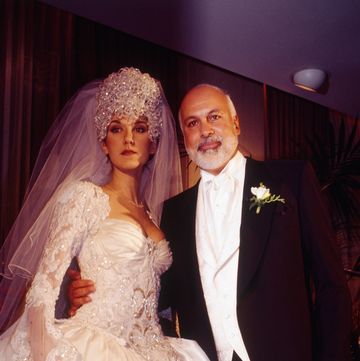
The 75 Most Unique Wedding Dresses Ever

Top Hairstyles Through the Decades

